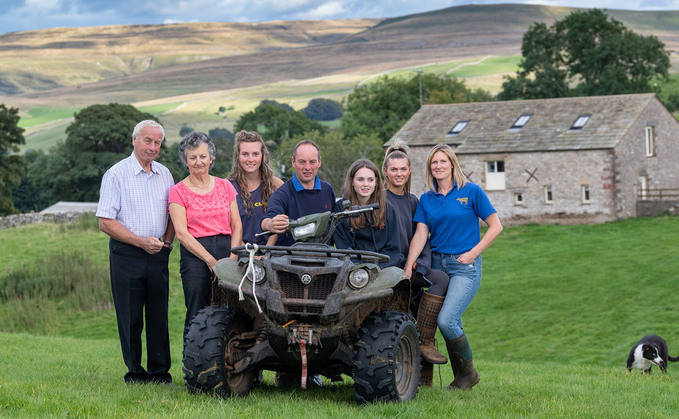
Just more than a decade ago, it was all lights, camera, action for the Marston family, as they geared up to appear on season two of the popular TV show Lambing Live. Lucy Baxter revisits them to see how...

Just more than a decade ago, it was all lights, camera, action for the Marston family, as they geared up to appear on season two of the popular TV show Lambing Live. Lucy Baxter revisits them to see how...